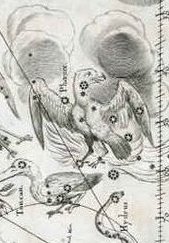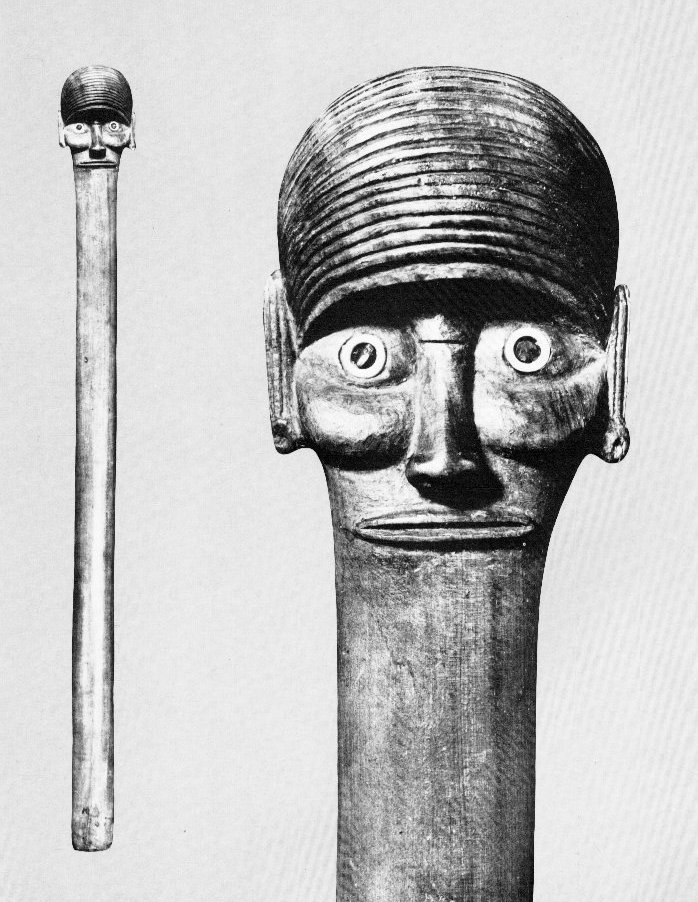Perhaps the last 7 glyphs in line Gb3 should be read together with the beginning of line Gb4. For instance could Gb3-24 allude to glyph 324:
Although vai in Gb4-2 is not exactly as vai in Gb3-25 a week earlier it could be a more mature repetition of the first vai. However, the 'fin' in front in Gb4-2 is drawn down to indicate 'no light' ahead. 93 was the tail of the Lion and δ was under the dark raincloud in the left wing of the Phoenix:
Assuming the G text follows the Sun down to Spica (Ana-roto) - by looking at the stars close to the Full Moon - it would not be strange if the reversed hau tea at Gb4-1 (day 100) indicated the position of 71 Virginis, the first star of the primeval mound (Mons Menalis, Ahu-one):
... Ta'aroa tahi tumu, 'Ta'aroa origl. stock' - most commonly Ta'aroa or Te Tumu - existed before everything except of a rock (Te Papa) which he compressed and begat a daughter (Ahuone) that is Vegetable Mole.* * Ahuone means 'earth heaped up' - a widespread name for the Polynesian first woman. It sounds as if Cook also heard the term applied to the banks of humus and rotting material on which taro is grown. In the English of his day this was known as 'vegetable mould' ... The droplets in front in Gb3-30 and Gb4-3 could allude to the Child of Waters (Apami-Atsa, θ Virginis) - or to Saturn ('Dripping Water') - and there are wavy rain forms (ua) on top of the staff in front in the following glyph.
The sprouting growth indicated in Gb3-29 - with 329 probably alluding to day 329 when Antares rose with the Sun (i.e. in November 25 where we can count 92 * 5 = 460) - emerges from what seems to be the nighttime Sun. In the Babylonian zodiac the preceding Saturn sign probably referred to the last planet in the daytime and the close by 'watery eye' to the first planet (Sun) in the nighttime, ruling in the form of Osirs from the horizon in the west.
In other words, the planets of the week may have been distributed not in a single cycle around the year but in twin cycles. Turning the zodiac a quarter counterclockwise will result in Saturn being located late in the first half of the year with the watery Sun eye early in the 2nd half. The Sun went down after midsummer. Up to that point he had ascended, but then something drastic happened to him because first he stopped in his tracks and then he began to subside towards the horizon in the west. ... Then I become aware of ... a presence - a faint, ghostly glimmering, like moonglow, that has appeared on the solstice stone. I don't know how long it lasts, a second or two only I would guess, but while it is there it seems less like a projection - which I know it to be - than something immanent within the stone itself. And it seems to function as a herald for it fades almost as soon as it has appeared and in its place the full effect snaps on - instantaneously. It wasn't there, and then it's there. As Chris had described, the effect does curiously resemble a poleaxe, or a flag on a pole, and consists of a 'shaft', narrow at the base but widening a little towards the top, running up the left hand side of the solstice stone, surmounted by a right-facing 'head' or 'flag'. An instant later an almond-shaped spot of light, like an eye, appears a few centimeters to the right of the 'flag' and the effect is complete. Weirdly - I do not claim it has any significance - this flag-on-a-pole symbol is the ancient Egyptian hieroglyph neter, meaning 'god', or 'a god' - and not to be understood at all in the Judaeo-Christian usage of that word but rather as a reference to one of the supernatural powers or principles that guide and balance the universe. Manifested here, in this strange Stone Age temple, it glows, as though lit by inner fire.'
|
|||||||||||||||||||||||||||||||||||||||||||||||||||||||||||||||||||||||||||||||||||||||||||||||||||||||||||||||||||||||||||||||||||||||||||||||||||||||







